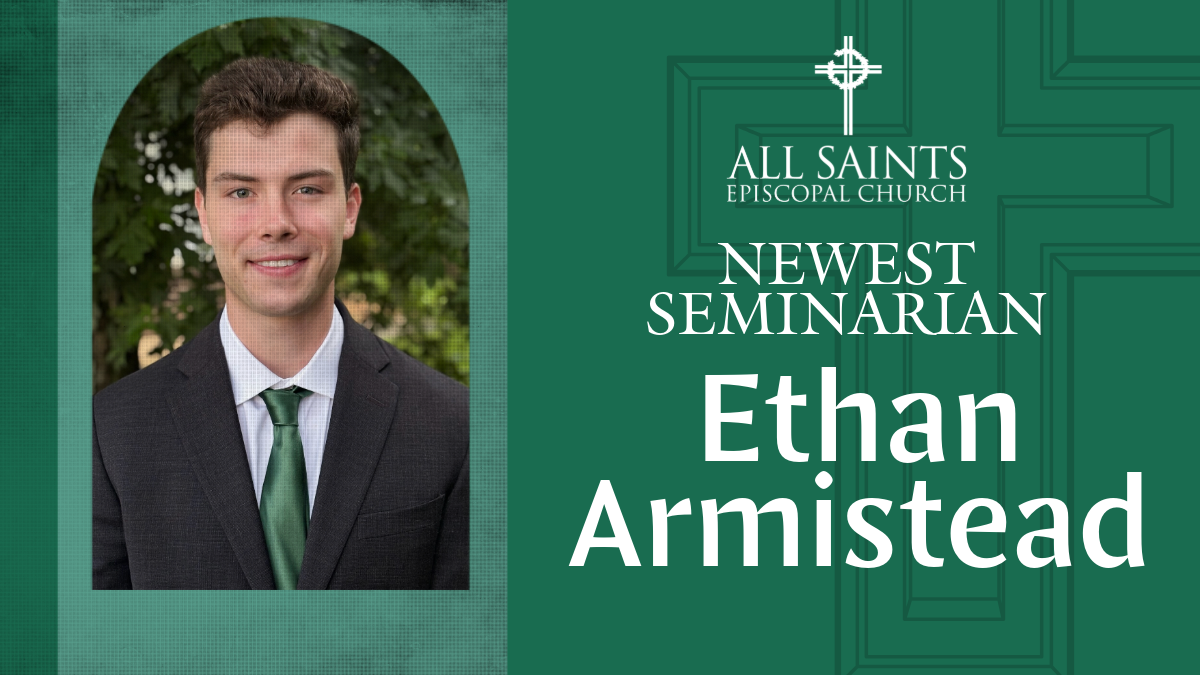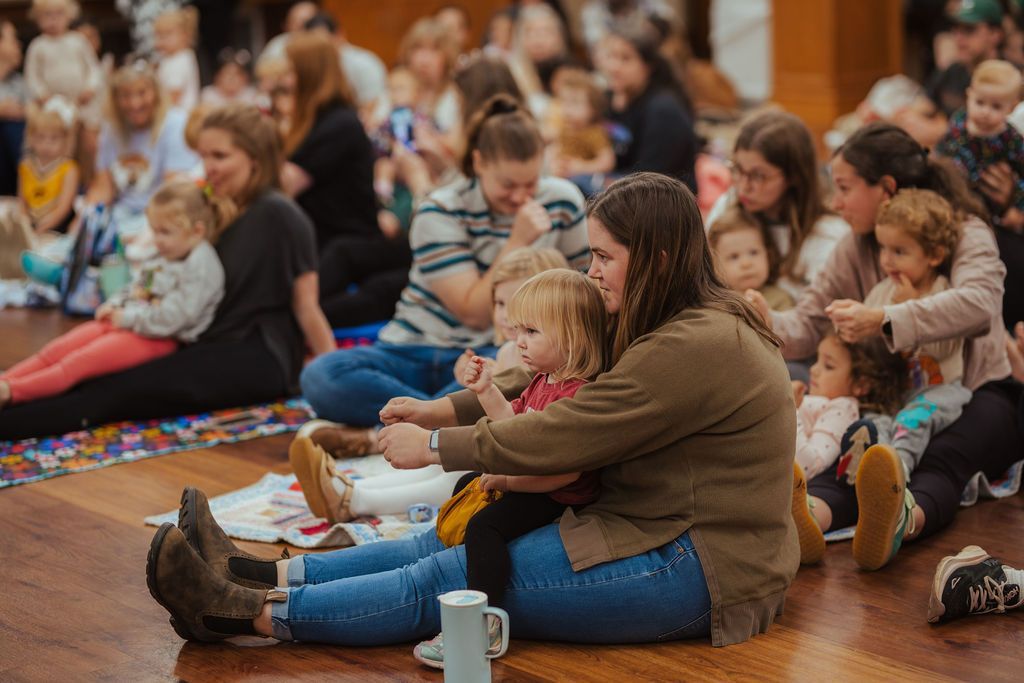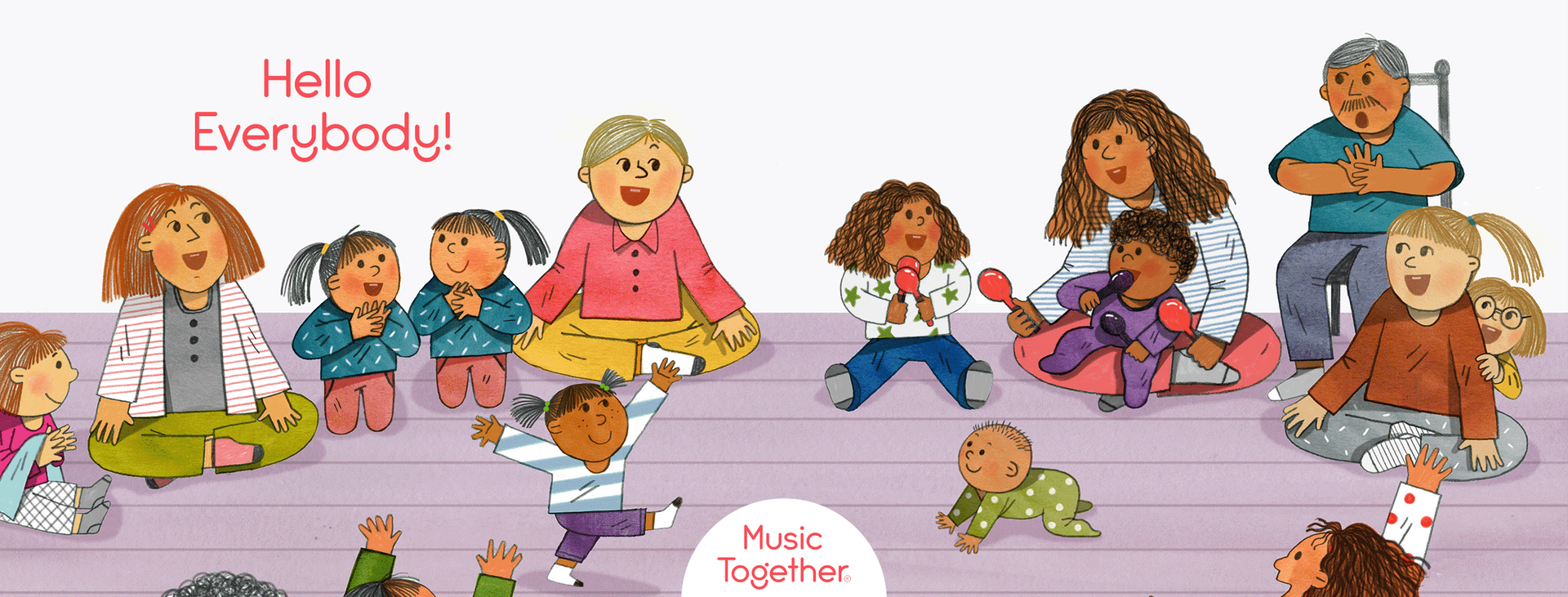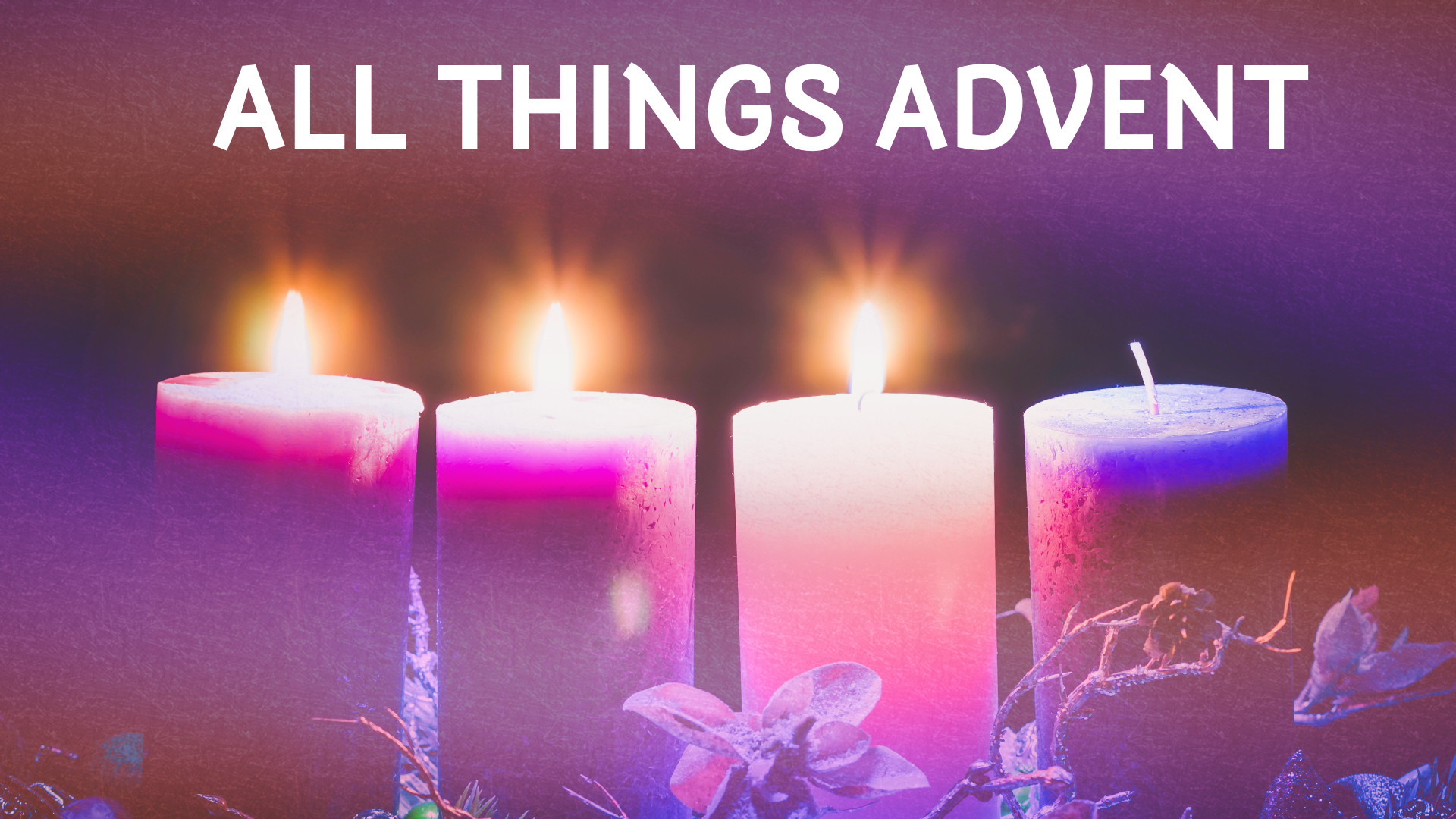A Black Cat and the Resurrection
“A Black Cat and the Resurrection”
Sermon by The Rev. Charles Youngson
April 16, 2023
On Palm Sunday 2012 our cat Joey went outside. This was not unusual, though she was primarily an indoor cat. What was unusual was that she wasn’t scratching at the door a little while later to come back in. We went to bed that night concerned but confident she would be at the doorstep in the morning. But she wasn’t. Days went by, and we began to search the neighborhood and ask our neighbors if they had seen her. It seemed everywhere I looked, I saw a black cat, (there are a lot of black cats in the world), but none of them turned out to be Joey. After several weeks, we began to accept that we would never see Joey again. I desperately wanted confirmation that she was alive or dead to say goodbye.
Then one day, 67 days after she disappeared, I got a call at work. Joey was alive and standing in the kitchen. She had come back from the dead or so it seemed. We took her to the vet, and she couldn’t find anything medically wrong with her. But Joey was very skinny and wasn’t eating. A few days later I sat in the living room and held Joey in my arms as she took her last breath. I shed a few tears as I remembered twelve years in three states with our first little fur baby. And then on that scorching hot afternoon, I dug a hole in the back yard. I modified a few prayers from the burial service in the Prayer Book and committed Joey’s body to the earth. We happened to have decorative stone in the shape of a sleeping cat, and so we used that to mark her grave. Despite our sadness, we were so thankful we got the opportunity to hold her little furry body again.
As much as we humans are preoccupied with thoughts and words and images on screens, we are first and foremost creatures of flesh and blood. We are sensory beings experiencing the world through touch, taste, smell, sight, and hearing. And we show love for one another in tangible ways: a hug, a home-cooked meal, a bouquet of flowers.
The disciple Thomas was no different. If this incredible story his friends were telling him was true, then he wanted to touch Jesus once more. He wanted to touch his wounded body to know with certainty his teacher had really died and really returned from the dead, not as a ghost, but in the flesh.
After being absent from the community—we don’t know why--he gets that opportunity. Jesus again appears among the Twelve. They see him with their eyes. And they hear his voice as he says, “Peace be with you.” Then he invites Thomas to touch his wounds so that he can believe. It’s unclear if Thomas actually touches Jesus, but regardless, his next words tell us that he’s had a powerful revelation. He exclaims, “My Lord and my God.” In that moment, he knows that he is in the presence of God. His doubt and fear turn into faith and peace.
I’ve been thinking about the pandemic this week as President Biden signed a bill to officially end the Covid public health emergency. It’s certainly still around as some of you can attest. And it will continue to disrupt things and cause suffering and death. But thankfully three years later, things are much better. I think back to those early days when Seth and I would hand each other a piece of paper using a Kleenex (all the while unmasked). Back then some people enjoyed the slower pace at home with family. Others found themselves working harder than ever.
But in addition to the physical suffering and death the virus caused, it also inflicted another cruelty in the way it isolated us from community and cut us off from human touch. There were no friendly handshakes at church. Teachers struggled to keep the attention of their young students through a screen. Even if grandparents could visit their grandchildren, they couldn’t hug them. Priests and pastors who would have been laying hands on the sick and dying in the hospital had to pray remotely while a compassionate nurse held a phone up to the dying person’s ears. In some cases, a wife dropped off her husband at the hospital and never saw him again. The heartaches and challenges of the last few years remind us how necessary touch is to our wellbeing. It’s one of the primary ways we bond with one another. Newborns will fail to thrive and can even die without skin-to-skin contact.
As much as I am grateful for the technology that kept us connected during the pandemic and continues to help us reach a wider audience today, I still maintain there is no substitute for gathering in person, in the flesh, in community. Christians are people of the Incarnation. We dare to claim that the God who created all things and who is before and beyond all time, took on our mortal flesh. And so, our two biggest holidays, Christmas and Easter, are essentially linked because Incarnation and Resurrection go hand in hand. They both celebrate the fact that God is united with the stuff of this world. Jesus was born at a particular time and place, which we celebrate at Christmas. And Jesus died and rose again at a particular time and place, which we celebrate at Easter.
But these are not mere events from the past. They form an eternal pattern. The Incarnation has always been true, meaning that God has been revealed through ordinary matter from the beginning. And the Paschal Mystery, the mystery death and resurrection revealed at Easter, is the shape that God’s love has always taken in this everchanging world of form. You can find examples all around you of how God brings new life out of death in our world and in our own lives. We watch as winter turns to spring and last year’s decaying leaves enrich the soil for new plants to grow. Someone overcomes addiction and begins life anew. The death of a loved one inspires someone to start a ministry to support others in grief.
The Buddhist tradition teaches that we live in a world of impermanence, a world in which everything is in the process of forming and dissolving and forming again. We suffer because we want to hang on to things that cannot last. As Christians we have our own way of talking about this truth. We believe that God is in all things, but we are not to make an idol of anything. We are not to worship the things of this world. I think that’s why the risen Christ tells Mary at the tomb, “Do not cling to me,” in the Gospel reading from Easter Day. As much as she would want to hang onto his resurrected form, even the risen Lord must ascend to the Father. We are called to love and honor creation: nature, animals, other people, our bodies. We can honor sacred symbols: holy places and objects, the liturgy, the Bible, and the bread and wine of the Eucharist. We honor all these things because they point beyond themselves toward the immortal, invisible God. But we should not worship them as God or treat them as a substitute for God. In some ways it would be much easier if we could worship a book or a person or a piece of holy bread, something we could see with our eyes and touch with our hands. But whenever we try this, we find ourselves disappointed and dejected eventually, because nothing in this world can last.
Thomas and the disciples could experience the risen Christ with their five senses, but they couldn’t hold onto to him. They couldn’t build a shrine around him to capture him for eternity. We want so badly to have God in a box, one we can open whenever we like and close whenever we like. But that God would be too small. We need a God who is big enough to overcome the very real power of sin and death. But we also need a God who is small enough to be with us and within us, a God who are always there, a God we can touch. And is the God we have. We need a God who has experienced birth and life and death. And we need a God who has transcended birth and life and death. And that is what we have. And the best news is that through Christ we share in this mystery. While God doesn’t rescue us from all suffering and loss, God does promise to be with us, beside us, within us, and around us. Through the power of the resurrection, Christ transcends the limits of this world to reveal the presence of God in things as ordinary as water, bread, and wine, or even a black cat.
There is an interesting follow-up to the story of Joey the cat. One night not long after Joey had died, my former wife Susie had a dream, a very vivid dream, which she said I could share with you. In that dream, Joey appeared to her. And though she didn’t communicate with words, she led Susie to the back yard of our house, and she showed her the place where she had been buried. The stone we had place over her grave, the one in the shape of a sleeping cat, had been rolled away, and her tomb was empty. Without words, Joey let Susie know that she was not in that grave, that she was happy and at peace.
May we all experience the extraordinary power of Christ’s resurrection in the ordinary things of our lives. Alleluia Christ is risen.
More Announcements






